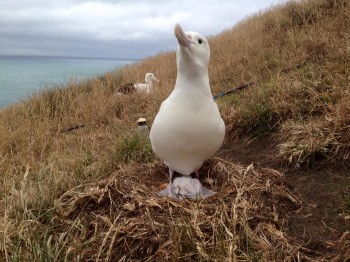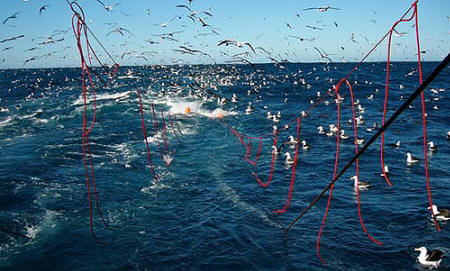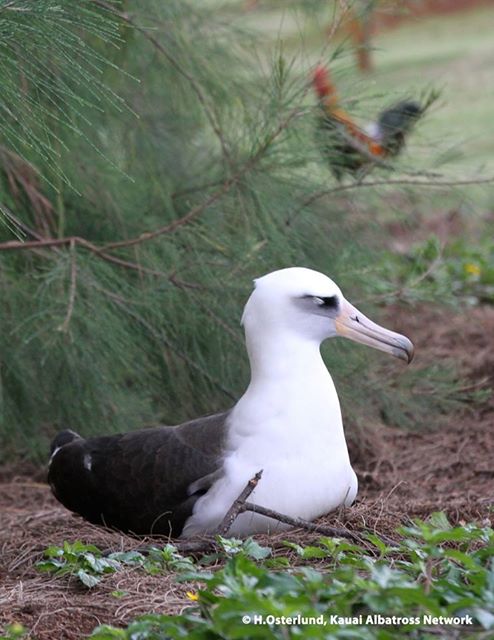Kate Helmstedt (School of Mathematics and Physics, University of Queensland, St Lucia, Australia) and colleagues have published in the Journal of Applied Ecology on prioritizing and costing eradication of invasive mammals on islands, using four Australian islands as examples. One of these, Macquarie, supports breeding populations of seven ACAP-listed species of albatrosses and petrels.
The paper’s summary follows:
“1. Many highly diverse island ecosystems across the globe are threatened by invasive species. Eradications of invasive mammals from islands are being attempted with increasing frequency, with success aided by geographical isolation and increasing knowledge of eradication techniques. There have been many attempts to prioritize islands for invasive species eradication; however, these coarse methods all assume managers are unrealistically limited to a single action on each island: either eradicate all invasive mammals, or do nothing.
2. We define a prioritization method that broadens the suite of actions considered, more accurately representing the complex decisions facing managers. We allow the opportunity to only eradicate a subset of invasive mammals from each island, intentionally leaving some invasive mammals on islands. We consider elements often omitted in previous prioritization methods, including feasibility, cost and complex ecological responses (i.e. trophic cascades).
3. Using a case study of Australian islands, we show that for a fixed budget, this method can provide a higher conservation benefit across the whole group of islands. Our prioritization method outperforms simpler methods for almost 80% of the budgets considered.
4. On average, by relaxing the restrictive assumption that an eradication attempt must be made for all invasives on an island, ecological benefit can be improved by 27%.
5. Synthesis and applications. Substantially higher ecological benefits for threatened species can be achieved for no extra cost if conservation planners relax the assumption that eradication projects must target all invasives on an island. It is more efficient to prioritize portfolios of eradication actions rather than islands.”

A male Wandering Albatross on Macquarie Island, photograph by Kate Lawrence
Reference:
Helmstedt, K.J., Shaw, J.D., Bode, M., Terauds, A., Springer, K., Robinson, S.A. & Possingham, H.P. 2016. Prioritizing eradication actions on islands: it’s not all or nothing. Journal of Applied Ecology doi: 10.1111/1365-2664.12599.
John Cooper, ACAP Information Officer, 25 January 2016
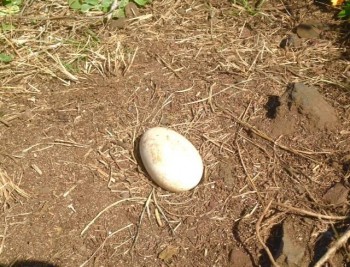
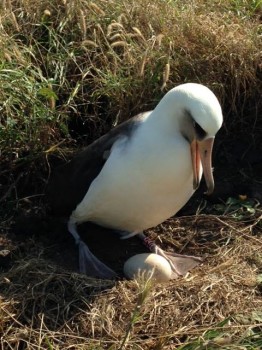

 English
English  Français
Français  Español
Español 